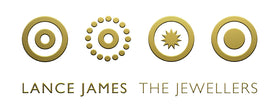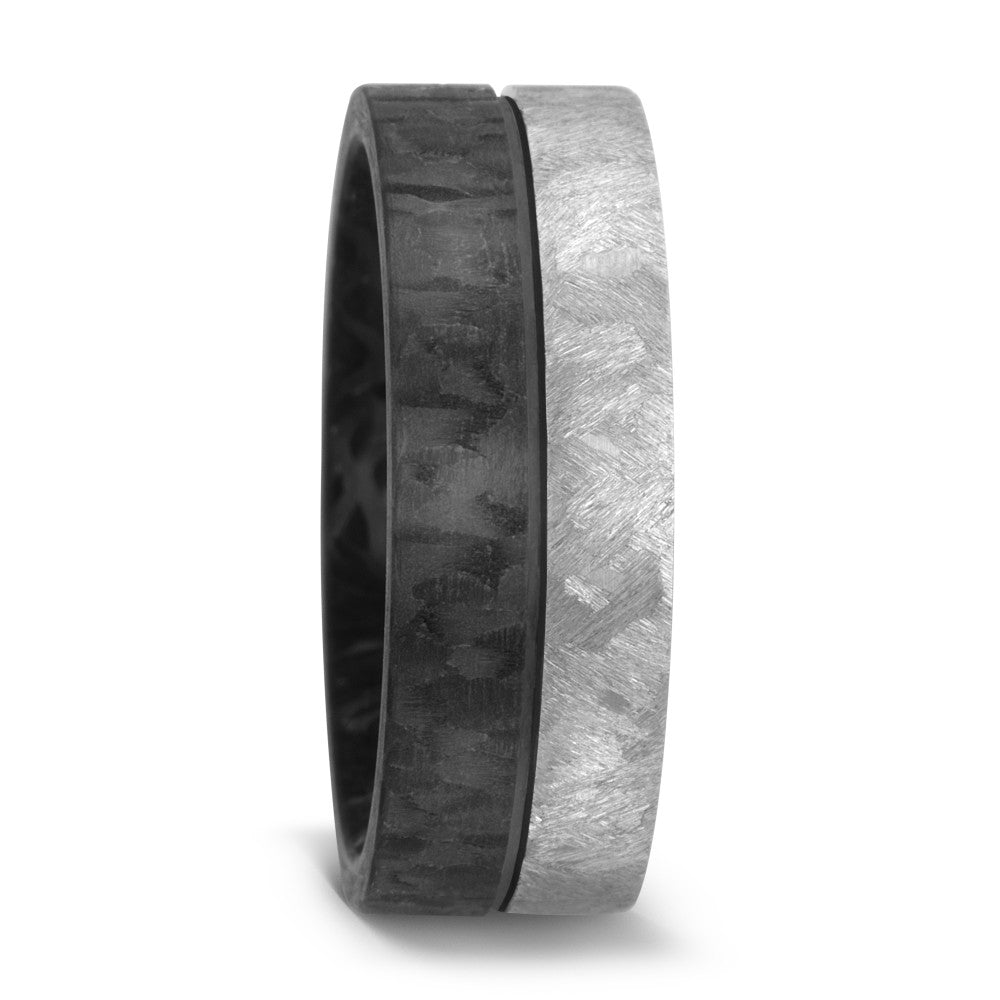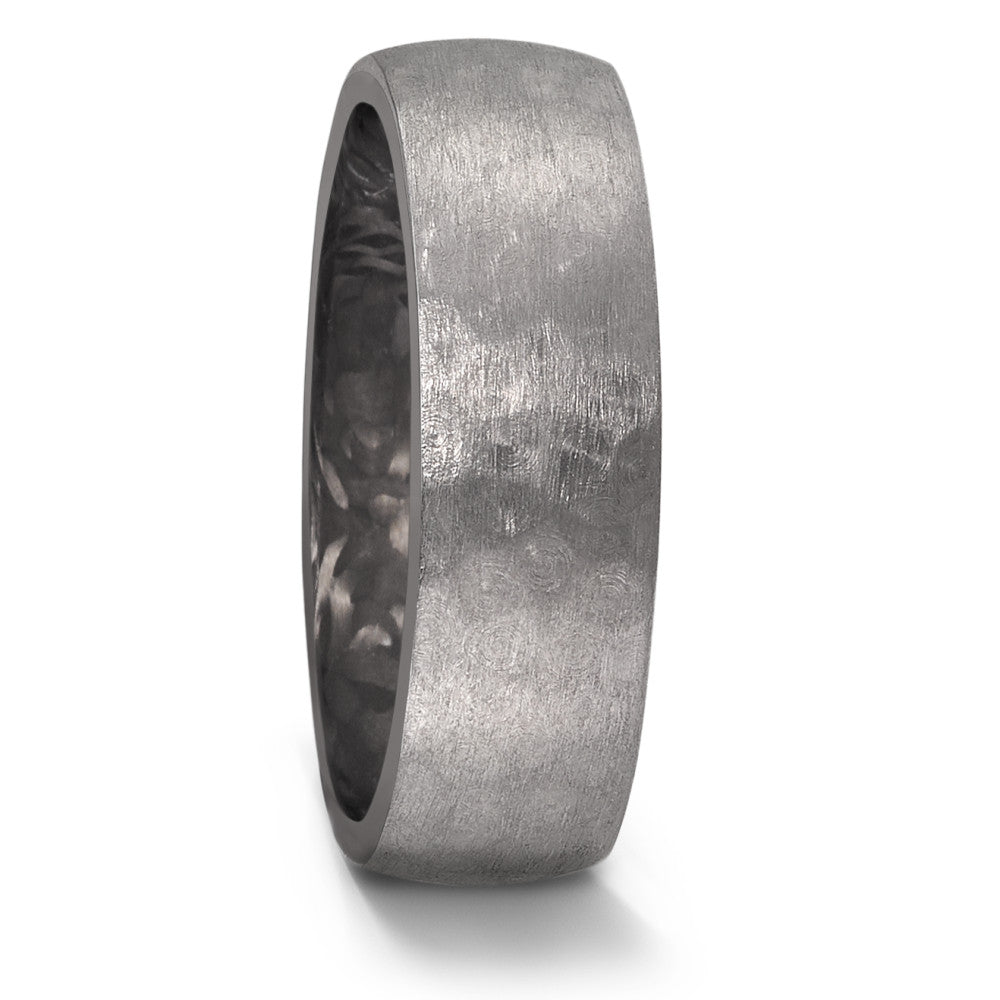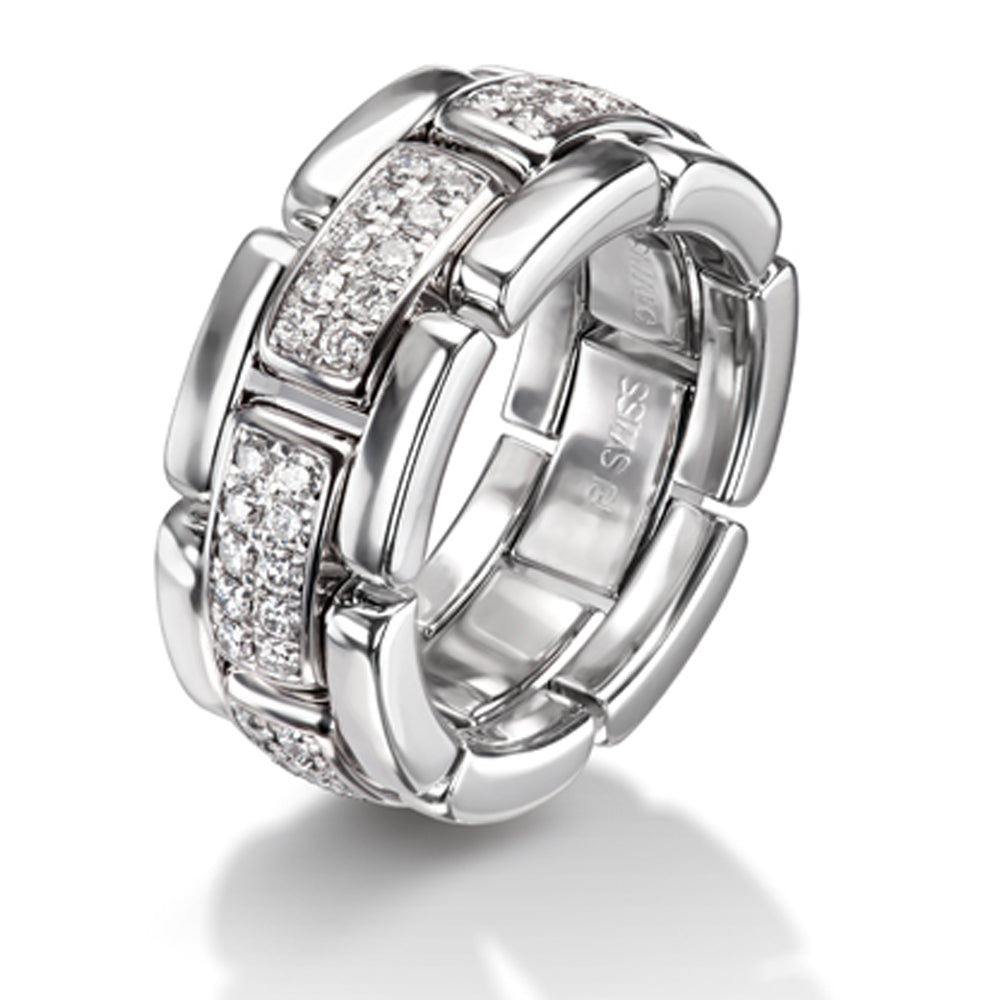THE HISTORY OF THE WEDDING RING – PART TWO
Following the wonderfully romantic Poesy ring of the Early Middle Ages and the modest beginnings of gem set rings, Jewellers in the Late Middle Ages continued to push the boundaries to create the most coveted wedding rings.
The Puzzle Ring (Gimmel)
As jewellery technology advanced during this time, the Gimmel ring made its first appearance. From the Latin ‘gemellus’ meaning twin, it was made up of two interlocking rings, worn as one, to represent the union of two lovers.
Often repeating the clasped hand motif of the fede ring, these also featured inscribed messages.


Photo credit © Museum of London
From the 15th to 17th Century, these rings became increasingly complex with intricate engraving, ornate carvings and enamel decoration; sometimes the design would incorporate three rings. They could also be set with gemstones, often diamonds and rubies.


Photo credit: www.metmuseum.org
Steeped in symbolism, knots and bows continued to be popular motifs while new symbols started to appear. Flowers and plants acquired romantic meanings and were used as symbolic decoration. Even dogs were depicted as a symbol of fidelity! It is during this era, that we see the introduction of the heart.
Meanwhile, another puzzle ring had appeared in the Far and Middle East; although far more modest in decoration, the mechanics could be more complicated and combined four, six, eight or even twelve separate rings. Some believe that this puzzle ring was used to guarantee a wife’s loyalty. If taken off, the ring would fall to pieces and without knowing how to put it back together, a wife would be unable to hide her infidelity. This design endures today, especially in Turkey and Egypt.

The Ceremonial Ring (Jewish House)
It is traditional in the Jewish community, that wedding rings should be a simple unbroken circle of gold or silver with no stones or details to represent a marriage free of distraction. The minimum value of a penny (pe’rutah) indicates that intentions are true and not driven by money.
However, a less well known Jewish tradition comprises a very ornate ceremonial wedding ring. The ring features a wide flat shank which is adorned with a miniature house or temple. First documented as an official part of the wedding ceremony in 10th Century, there is very little known about this intriguing ring.
Clearly impractical for everyday use, it is thought that most of these ceremonial treasures were owned by the local community and were shared out for its weddings. It is believed that more affluent families may have passed a family ring down through the generations.
Over the centuries, these became more and more intricate with enamel and filigree. Some even featured a hinged roof under which was revealed a Hebrew inscription. It is not clear, whether the house was supposed to represent the marital home, King Soloman’s temple or the synagogue itself.


Unfortunately, there are very few examples of these rings in existence today and little surviving documentation, so it is not entirely clear how these were used.
How to Wear a Wedding Ring
Throughout the ages, the fashion of what finger to wear the wedding ring has changed. Obviously, with precious rings being passed down through the generations, they would often be worn on whatever finger they fit on!
The very first reference to a wedding ring being worn on the 3rd finger of the left hand is attributed to the Roman, Aulus Gellius (123-165 AD) who claimed that a vein from this finger flows straight to the heart. However, not everyone was convinced and Pliny tells us that the Britons and Gauls, still wore wedding rings on the middle finger.
In England during the reign of Edward VI, the Common Book of Law instructed the ring to be worn on the third finger of the left hand at all Protestant weddings. This ruling, however, did not affect the predominantly Catholic countries of Europe, which is evident from portraiture during this time. Portrait painters would always pay special attention to a sitter’s jewellery and there are lots of examples of wedding ring styles and indeed how they were worn.
Today Western European countries, North and South America tend to favour the left hand, while Eastern Europe and countries to the East prefer the right hand. Did you know? The people of Spain wear favour the left hand, whereas Portugal prefer the right hand? The diagram below will give you a better idea.

The Utility Ring – WW2
During World War II, the rationing of gold meant that wedding couples would have to apply for a ‘utility’ wedding ring. Manufactured from 9ct gold, these rings could not weigh more than 3gms and demand would often outstrip supply. One retailer in December 1942 who needed 300 rings, received only 30. As a consequence, resourceful customers would often scour antique shops for second-hand rings or called on family heirlooms. Some brides ended up with platinum rings, only to yearn for a yellow gold one!
Modern Times
For many years now, the wedding ring has remained a classical version of the poesy ring but the landscape of wedding ring design is starting to rapidly change.
Fashions are now evolving within decades rather than centuries, and new developments are hot on the heels of their more modest predecessors. Nowadays the wedding ring sector would be inconceivable to the jewellers of the recent times of austerity.
No longer are wedding couples restricted to what designs are available locally and by using the internet, they are keen to be adventurous in their choices. Researching a huge variety of designs online, they are also investigating alternative materials.
Today’s couples are eager to find unique designs to suit their individuality and the traditional boundaries have all but disappeared.
Watch this space for the next must-have ring with which to say “I do”.





